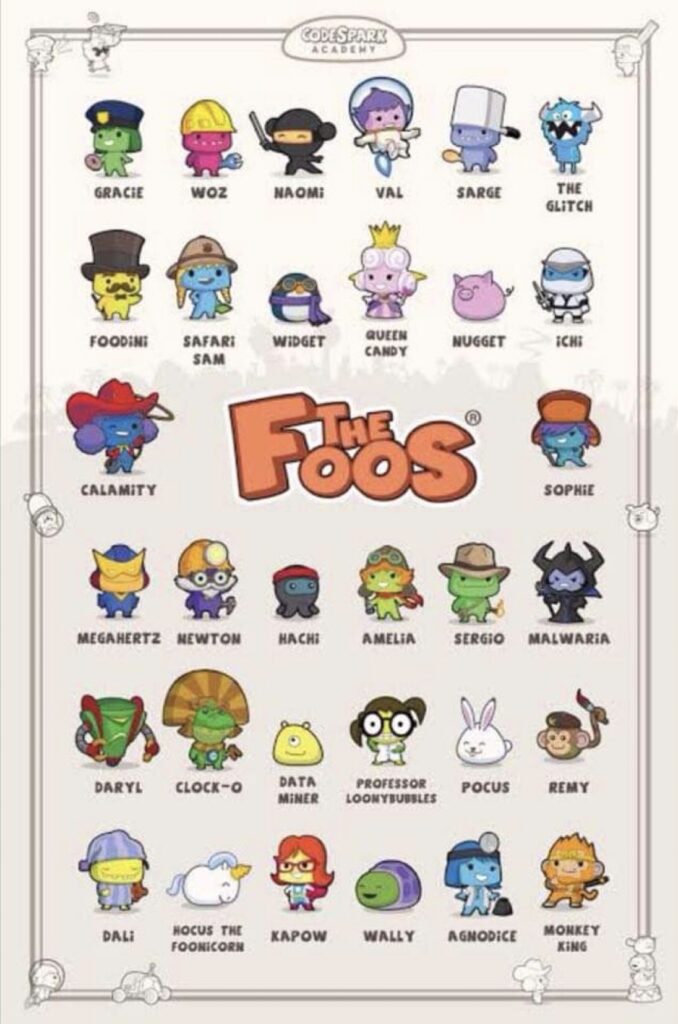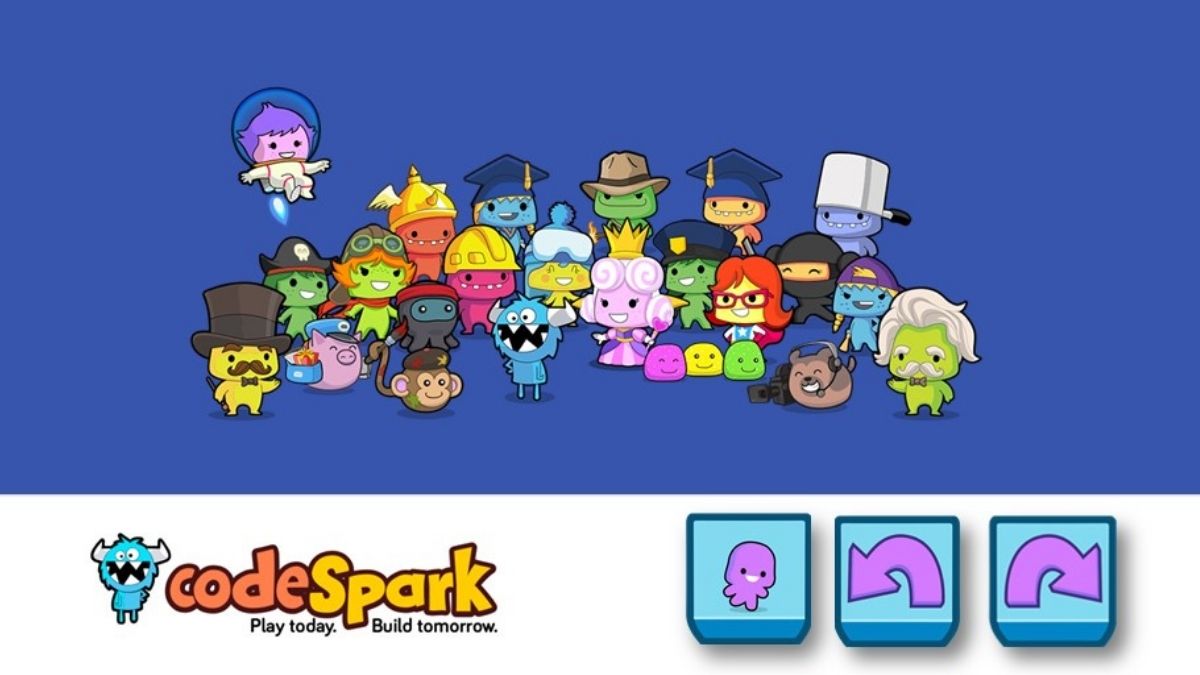codeSpark Academy Review – Why You Should or Shouldn’t Get This Coding App for Kids
Now that Zaviar and I are close to six weeks into playing this at home kids coding app, I think it’s the perfect time for me to give codeSpark Academy a review. About two months ago, I was looking for an app that would help kids understand the basic principles of coding. I wanted something like Scratch but for younger kids as Zaviar is only four. I knew about ScrachJr, but even that was for kids between 5 to 7.
Before codeSpark, I had come across Osmo’s Coding Game Kit and Sphero’s robotic ball and really wanted to get them but then getting them delivered here in our country during the time of COVID-19 was next to impossible. Then I came across codeSpark Academy. I found out that the app is based on a research-backed curriculum from MIT and Princeton which had me sold. So, I decided to get the 7-day free trial offer. Needless to say, the trial convinced me to subscribe.
It was a game-changer for Zaviar. It quickly became his most favorite app then and it’s his most favorite app even now. What I like about codeSpark is that they have gamified the learning process. There are self-guides, puzzles, and challenges where kids give instructions to different characters called foos. The app starts with making kids give basic instructions to the foos. The instructions then get advanced in the later stages. Kids use drag and drop commands or visual blocks of code in the correct order to guide the foos to their destination.

The first game is Donuts Detective where the foo’s name is Gracie. Gracie is a detective who loves to munch on Donuts. But since she is a foo, she depends on kid coders who help her reach donuts by giving her directions such as Walk Right, Walk Left, Jump Right, Jump Up, and Jump Left.
However, unlike usual games, you have to give all the directions together in a sequence. For example, if the donut is three steps away from Gracie on her right and there is a box in the middle, you would have to give her the instructions in the following sequence: 1) Walk Right 2) Jump Right 3) Walk Right. These directions can be given step by step, however, in order to get 3 out of 3 stars, young coders must give the complete directions in one go. This is because even though they may construct code that is functional, they are learning how to give the most efficient commands. It helps them understand the logic behind sequencing and encourages strategic thinking.
Besides Donut Detective, there are other games like Tools Trouble, Kit Plight, Puppy Problems, Lunch Crunch, Splash Clash, Pet Pals, and more. Each game uses a different approach to teach kids the importance of sequence and logic. For example, in Lunch Crunch, you are a chef and you must prepare food based on customers’ numbers in the waiting line. In Pet Pals, you take care of virtual animals and schedule their food, play, and sleep time. I can write detailed blogs on each of these games later when I find time again.
The best part about these games is that there is no one right answer. Zaviar and I have cleared multiple levels using different ideas. For example, if there is an obstacle, Zaviar prefers building a block and jumping over it. I prefer using dynamite to blow it away.
The app also lets kids create their own animated stories and games. Zaviar loves to code his own projects in the game maker. In the game maker, kids can use gems, traps, and other objects. Some objects are readily available whereas others can be bought from the virtual store using virtual gold coins. The more games you play and the more levels you clear, the more coins you’ll get. There is no other way to get coins and this teaches kids that they need to spend their coins carefully.
Overall, it’s a fantastic problem-solving app for kids. Zaviar couldn’t read or write when he started using codeSpark. It’s another thing that we recently taught him how to read last month, but I really think it’s one of the best educational apps because it teaches kids how to code even before they can read and write effectively.
What I don’t like about the codeSpark app
The only thing I don’t like about the codeSpark app is that kids can’t change the name of their avatars. Zaviar’s avatar’s name is Mini Sneezysan. He shares his account with his cousin. Her avatar’s name is King Pumpkinsauce. I also have a profile and my avatar is Uncle Grumpysan. Initially, it was difficult to explain Zaviar to play using Mini Sneezysan’s profile. After I spoke to codeSpark’s customer support, I found out it’s due to some compliance issues as kids also publish the games they create and share them with the codeSpark community.
Moreover, if your kid is only four or five years old then prepare to invest a lot of time in the app with him or her. This is the reason I created a profile for myself. I played all the puzzles and challenges myself first. This also helped me understand what all Zaviar can do right now and what might be a little too difficult for his age. If you’re really interested in teaching coding to your kids, codeSpark also offers resources for parents where they can use training materials to teach the basic concepts of coding to their kids.
Things You Should Know:
codeSpark costs less than $10 per month because it runs on a monthly subscription fee of $9.99.
Adding another profile is very easy. Tap on the hamburger menu on the top left of your home screen. After the menu expands, tap on the profile switching icon on the top left. You will land on a new screen where you can click on the plus icon to add another child. You can create 3 profiles per account.
The app works on the latest iOS and Android mobile phones and tablets. It also works on a desktop.
No, codeSpark doesn’t let you change the name of the avatar.
In the codeSpark Academy, a foo is a character. There are multiple foos who have different abilities. However, in programming language Foo is a placeholder for a value that can change, depending on conditions or on information passed to the program.








Thank you for the review. I’m thinking of getting this for my children!